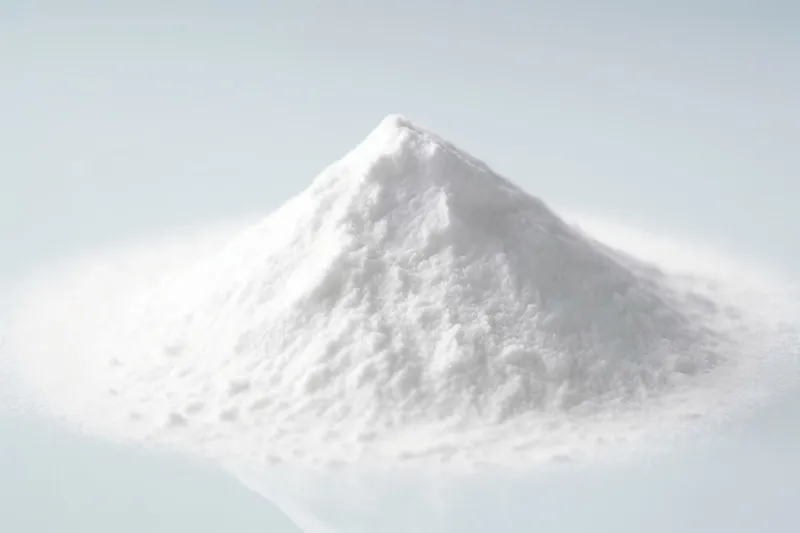Best known for its various forms – light, heavy, colloidal, and crystal calcium carbonate, calcium carbonate exhibits remarkable plasticity. Its versatility surpasses most other materials.

Its exceptional attributes include the ability to modify colors, particle sizes, surface textures, dispersion quality, rheological characteristics, thixotropic nature, crystal formation, and much more. It boasts high chemical purity, robust chemical inertness, excellent thermal stability, and resists decomposition below 400 degree Celsius. Plus, it doesn’t absorb oil, has low hardness and wear value, exhibits non-toxicity, no smell or taste, and offers optimal dispersibility.
With these perks up its sleeve, calcium carbonate’s applications have expanded dramatically across multiple sectors including industry, agriculture, rubber, plastics, papermaking, coatings, paints, ink, cables, pharmaceuticals, fertilizers, feed, food, sugar, textiles, glass, ceramics, sanitary products, sealants, adhesives, pesticides, and pesticide carriers, flame retardant materials, water treatment, and more. The uses of light calcium carbonate vary slightly, typically seen in papermaking, plastics, artificial rubber, food, food coloring, medicine, adhesives, and sanitary products. Recently, light calcium carbonate’s usage has risen due to its potential to bolster specific material properties.
Despite its importance in our lives, the presence of calcium carbonate is often overlooked.
Witnessing significant achievements in calcium carbonate research and development, our country’s current output of papermaking coating grade calcium carbonate falls short of meeting local demand. Imports have come to bridge this gap, signaling growth potential in this market area. Lessons learned here will surely contribute towards future developments in this field.
Calcium carbonate has become a crucial component in plastic polymers, predominantly in European markets where it constitutes over 60% of the mineral fillers and reinforcement market by weight. Among applied items such as plasticized PVC (cables, floor artificial leather, etc.), tough polyvinyl chloride (windows, doors, profiles, pipes, sheets), unsaturated polyester materials, polypropylene, and polyethylene Polyethylene, it secures broad utility in enhancing capacity, reducing costs, balancing usability of end products, boosting processing efficiency, increasing wear resistance, tensile strength, impact strength, bending strength, elongation at break and Thermal properties. Heavy calcium additives also enhance the stability of plastics. As per reports, heavy calcium finds extensive use in polyvinyl chloride, polyethylene, polypropylene, and various unsaturated resins. Among numerous applications, PVC products remain a most significant market for calcium carbonate like in soft polyethylene wires, polyvinyl chloride, polyvinyl chloride tiles, and calcium plastic materials for 20%-50% (the former two), polyethylene and polypropylene Packaging materials for 10%-30% (both), auto parts, ceilings for 20%-60% (the latter two).
Similarly, calcium carbonate plays a paramount role in paint manufacturing. Being an essential formulation factor, the transparency and texture of the paint depend highly on the fineness and distribution of the carbonate particles. It also imparts weather resistance and facilitates the recovery of corrosion, besides improving wear resistance, electrolyte content, pH stability, and rheology of coatings. Furthermore, calcium carbonate is vital in water-based coatings. It enhances drying speed, affirming its significance in road marking.
Additionally, the use of calcium carbonate in paints results in reduced titanium dioxide consumption, thereby making it financially beneficial. This certainly paves way for even greater use of calcium carbonate in paints and coatings.
These are just a few key scenarios underscoring the value of this versatile material called calcium carbonate.
